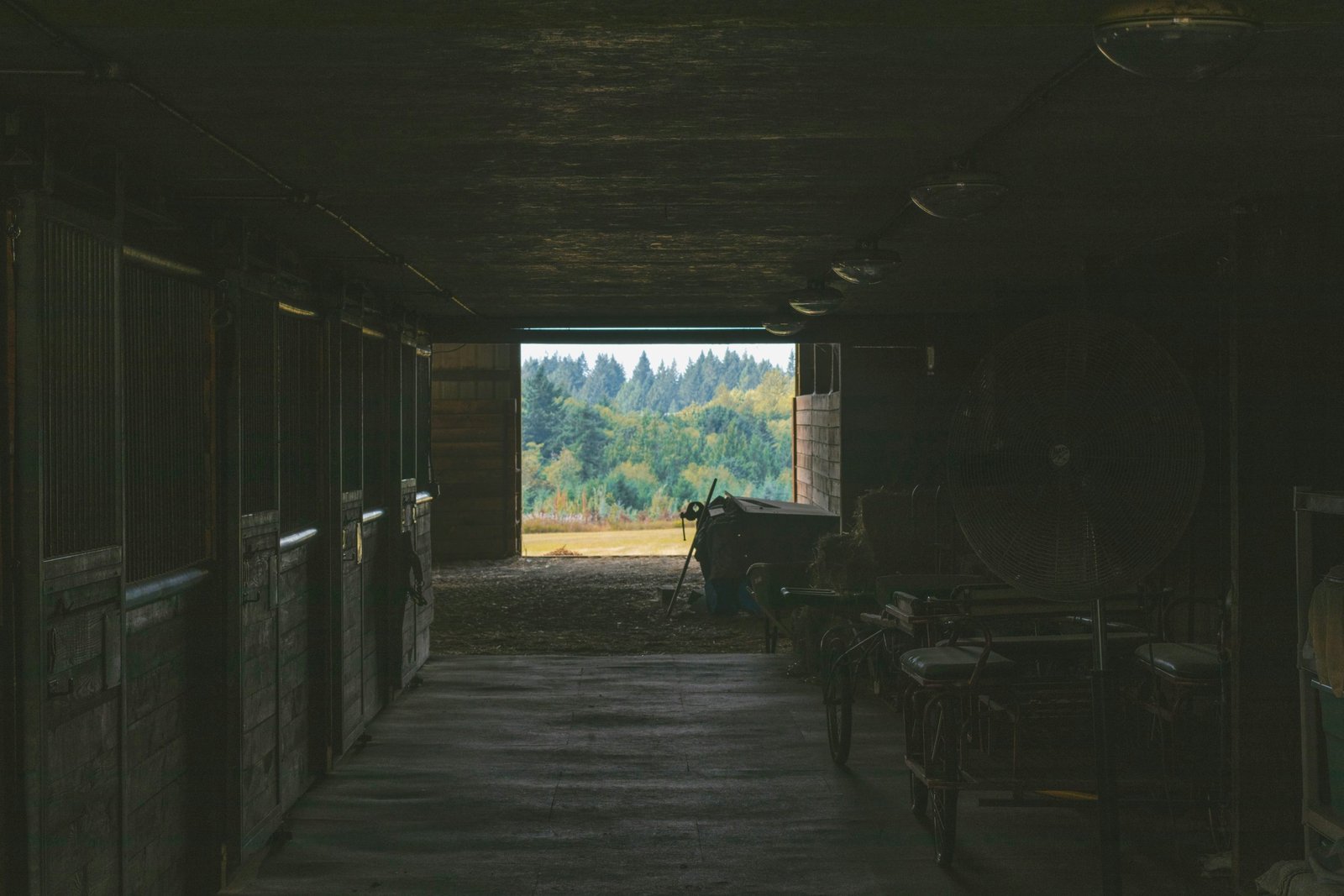Introduction to Homeowner’s Insurance
Homeowner’s insurance is a comprehensive and non-negotiable safeguard for protecting one of your most valuable assets: your home. Before delving into the specifics, it is essential to establish a solid foundational understanding of homeowner’s insurance and why it is important.
Key Takeaways
- Homeowner’s insurance is a type of property insurance that covers losses and damages to an individual’s home and assets in the home.
- It provides liability coverage against accidents in the home or on the property.
- It is crucial for financial protection in the event of unforeseen circumstances.
Definition and Purpose of Homeowner’s Insurance
In essence, homeowner’s insurance is a contract between a homeowner and an insurance company that promises to pay for certain types of damage, theft, or injury. The real objective, however, goes beyond mere loss compensation. It is designed to help homeowners safeguard their homes and finances from unforeseen dangers.
Importance of Protecting Your Home and Finances
Protecting your home and finances should be a top priority, and insurance is one of the primary tools. A suitable homeowner’s insurance policy can shield you from the high costs of repairing or rebuilding your home after damage and protect you from liability for injuries or damages to your property.
Types of Homeowner’s Insurance Policies
Homeowner’s insurance comes in various forms, each designed to protect homeowners from risks. To make an informed decision, it’s crucial to understand each type’s coverage and look out for exclusions.
Basic coverage options
A standard homeowner’s insurance policy includes dwelling, personal property, and liability coverage options.
- Dwelling coverage: This ensures that any physical damage to your home caused by a covered peril, such as fire or windstorms, is financially covered for repairs or rebuilding.
- Personal property coverage: This pays for replacing or repairing personal belongings like furniture, electronics, and clothing damaged by a covered event.
- Liability coverage: This protects you against lawsuits for bodily injury or property damage that you or family members cause to other people, providing coverage for both the cost of defending you in court and court awards—up to the limit of your policy.
Additional coverage options
Standard homeowner’s insurance policies often exclude certain types of risks. As such, carriers offer additional coverage for purchase separately or as an add-on to your existing policy, filling in those coverage gaps.
- Flood insurance: Regular policies typically don’t cover flood damage. Therefore, if you live in a flood-prone area, you might need to purchase separate flood insurance.
- Earthquake insurance: Similarly, earthquake insurance is generally excluded from standard policies and must be purchased separately, especially for residents in earthquake-prone regions.
- Umbrella insurance: This type of policy offers extra liability coverage beyond the limits of homeowners and auto policies, useful for protecting assets against large lawsuit verdicts.
In conclusion, it’s vital to scrutinise all available homeowner insurance options to ensure you attain comprehensive coverage suitable to your specific needs. Remember, the most inexpensive insurance isn’t always the best—the key is to balance affordability and thorough coverage.
Factors to Consider When Choosing Homeowner’s Insurance
Certain elements must be scrutinised before deciding when choosing a viable homeowner’s insurance policy. This necessitates an enlightened assessment of your home value, an understanding of deductibles and premiums, and a suitable measure of liability coverage.
Evaluating the Value of Your Home and Possessions
Determining the estimated cost to replace your home and the value of your personal belongings is vital when planning to secure homeowner’s insurance. This allows for an accurate coverage amount, safeguarding your home and personal belongings for their full worth.
Understanding Deductibles and Premiums
The deductible is the amount you’ll pay out-of-pocket before your insurance covers a claim. This goes hand-in-hand with the premium, your regular coverage maintenance cost. A higher deductible generally results in a lower premium; hence, understanding the delicate balance between the two is important.
Assessing the level of liability coverage needed
Liability coverage protects against accidents and damage you are legally responsible for. Assess the potential risks in your home, such as a swimming pool or owning a dog, that might increase your need for liability coverage. The higher the risk, the more liability coverage is required.
How to Find the Right Homeowner’s Insurance Provider

Selecting the right homeowner’s insurance provider requires careful consideration of multiple factors. The process involves diligent research, analysis, and comparison.
Researching Reputable Insurance Companies
Begin your search by listing insurance providers reputed for offering reliable homeowner’s insurance. Look for robustly regulated companies with a solid record of financial stability, as endorsed by rating agencies like Moody’s, Standard & Poor’s, and A.M. Best.
Reading customer reviews and ratings
Consider the experiences of other policyholders. Reading consumer reviews and ratings provides insights into the company’s reliability, customer service, claims process, and overall client satisfaction.
Comparing coverage options and pricing
Finally, compare the coverage options and pricing across potential providers. Look at standard coverages such as dwelling protection, personal property coverage, liability coverage, and any available optional coverages. It’s crucial to balance a comprehensive policy that sufficiently protects your home and finances with one that fits within your budget.
Understanding Policy Exclusions and Limitations
Certain risks (exclusions) and others have maximum limits (limitations) in every homeowner’s insurance policy. These exclusions and limitations vary greatly between policies and providers, thus making it important for homeowners to understand the specifics of their coverage.
Common exclusions in homeowner’s insurance
Standard homeowner’s insurance policies typically exclude damage caused by floods, earthquakes, or normal wear and tear. They may also exclude damages from governmental actions, intentional loss, or the policyholder’s negligence.
Coverage limitations for high-value items
Most policies limit coverage for high-value items such as jewellery, art, and collectables. Homeowners must appraise these items separately and might need additional endorsements or riders to insure them adequately.
Additional endorsements and riders
Endorsements and riders provide additional coverage beyond standard policies. They can be used to cover specific high-value items or add additional coverage for risks typically excluded, such as flood or earthquake damage. These add-ons come with an extra cost but can provide necessary protection for a homeowner’s needs.
Making a Homeowner’s Insurance Claim

When disaster strikes your home, knowing how to claim your homeowner’s insurance can help alleviate stress and expedite recovery. The procedure is much less complex when understood and well-planned.
Steps to follow when filing a claim
There are several crucial steps involved in filing a claim. This includes promptly reporting the damage, filling out claims forms on time, making temporary repairs to prevent further damage, and preparing for the adjuster’s visit.
Documenting damages and losses
Documenting your losses accurately and thoroughly is vital. This includes making a detailed inventory of damaged items with descriptions, costs, receipts, and, if feasible, photos of the damages.
Communicating effectively with the insurance company
Maintaining open and clear communication with your insurer can significantly affect the outcome of your claim. Ensure to answer all queries honestly, maintain regular contact, and record all correspondence.
Common Homeowner’s Insurance Mistakes to Avoid
Buying homeowner’s insurance is crucial in safeguarding your property and assets. However, several common mistakes can significantly impact your claim’s success and the amount you may receive. Here are three common mistakes and ways to avoid them:
Underinsuring your home and belongings
Underinsuring your home and its contents is a costly mistake. The amount your home is insured for should reflect the cost to rebuild or replace it and its contents in today’s dollars.
- Ensure that your policy covers the full replacement cost.
- Regularly review and update your home inventory.
Not reviewing and updating your policy.
Your homeowner’s insurance policy should be a living document. Failing to review and update your policy regularly may lead to insufficient coverage.
- Review your policy annually.
- Update it if you’ve made significant changes or improvements to your property.
Assuming certain perils are covered
Don’t assume that all perils are covered. Most policies exclude some events, like earthquakes and floods.
- Verify which perils your policy covers.
- Consider adding special endorsements or separate policies to cover these excluded events.
Conclusion
A Recap of the Importance of Homeowner’s Insurance
Homeowner’s insurance isn’t just a legal obligation but also a crucial tool for financial protection. It is your safeguard against potential disasters, putting a security blanket around your home and finances. Running the gamut from property damage to personal liability, the stakes are far too high to overlook the importance of a solid coverage plan.
Final Tips for Protecting Your Home and Finances
In closing, always compare insurance policies to find the best rates and coverage, keep records of your belongings, and continually reassess your needs. Securing your assets and protecting your home is an ongoing task, requiring active engagement and attention to detail.








